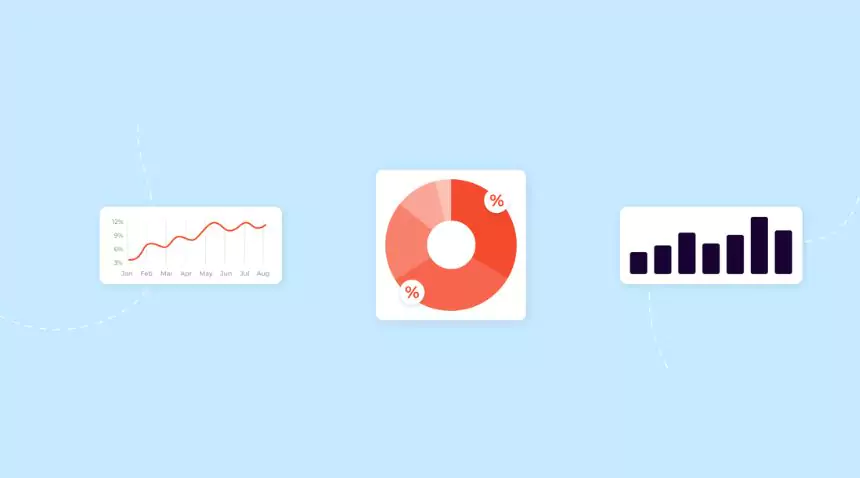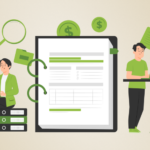Nowadays, Shopify is considered one of the stalwarts of the constantly evolving eCommerce market and helps owners of businesses start, manage, and develop eCommerce stores. However, setting up a Shopify store isn’t enough to guarantee good business out of the fiercely competitive online market. Consequently, it makes it crucial for one to have an appreciable understanding of Shopify marketing KPIs that relate to Marketing so as to thrive in this terrain.
What Do You Mean By Shopify Marketing KPIs?

Marketing KPIs are specific to the marketing efforts and are used to measure the extent to which you achieve the business goals. Shopify Marketing KPIs refer to the quantifiable parameters which can help to explain the effectiveness and the results of the marketing strategies implemented on the Shopify site. Thus, using the Shopify marketing KPIs, one can determine how successfully the campaigns are being run, identify gaps for improvement, and advance the marketing strategies based on evidential information.
Different Shopify Marketing KPIs examples
Customer acquisition cost
The total expenditure made by a company to acquire one customer is termed as the customer acquisition cost and it normally encompasses the advertising costs such as Google AdWords. Certain organisations also integrate agency fees and the marketing department’s salary while calculating CAC to give a broader outlook on the costs of gaining customers. Whether you use a broad or tight definition of acquisition costs, both methods of measuring CAC are useful for Shopify marketing KPIs.
Average order value
The total quantity of money that you earn per individual order within consumption is your average order value. It also means that even a slight increase in this parameter means a considerable boost in your CAC and overall CLV of a customer, thus making the most out of every new customer that has come to you. It is one of the most reliable Shopify marketing KPIs examples.
Customer retention rate
It is one of the best Shopify marketing KPIs. It helps in knowing how many of your customers are loyal and make repeat purchases. Calculating the retention rate of customers is simple with Shopify marketing KPIs. Just divide the number of non-new customers at a given time by the overall number of customers in the beginning. The result is usually represented in the form of a percentage. You can identify these purchases with the aid of Shopify’s customer reports.
Marketing return on investment
A financial KPI called return on investment focuses on the essentials of marketing by asking whether you made more money than you invested. It is derived by dividing the total revenue achieved within a certain period by the total marketing expenses, marketing ROI or known as marketing efficiency ratio (MER) is essentially an indicator of the overall profitability of your marketing initiatives.
Engagement On Social Media
Social media interaction refers to the interactions users have with your post on social media sites such as liking, commenting, saving, and sharing. You should use it in order to understand how effectively you engage the targeted audience with the provided materials.
Above-average engagement on your social media posts can help inspire campaigns on other channels and even guide the development of new products.
Email subscribers
People who voluntarily subscribe to your email communications are a great asset for your marketing plan since they provide you with a direct channel to an interested and involved audience. Through boosting email marketing campaign participation, you may progressively cultivate a loyal consumer base.
Traffic distribution
The percentage of website traffic that comes from each source is known as traffic distribution. Utilising analytics tools such as Google Analytics to segment your overall website traffic can help you determine whether traffic coming from a particular marketing channel is of a higher or lower quality than that coming from other sources, or whether you are just too dependent on one.
Conversion rate
The probability of achieving a specific goal from the traffic received on your website, for instance, the percentage of visitors who purchase your products, subscribe to your newsletter, etc., is referred to as your conversion rate. In general, the purchase is considered the main activity and the main CVR to focus on.
Cost per lead
It is the entire sum of money used to obtain a lead. Though it concentrates on leads rather than newly converted customers, CPL is comparable to CAC. To determine which marketing strategies work best, you can segment your cost per lead (CPL) based on the channel, campaign, or even the ad creative.
Why go for Shopify Marketing KPIs

Pre-Built Reports
Comparison
To stay competitive, find high-impact development possibilities and understand how your store performs in relation to the competition.
Customer Behaviour
Recognise the patterns in your client’s behaviour to find out what brings them back to your business and which ones you are most likely to lose.
Measure Performance
Examine the sales, sessions, orders, conversion rate, average order value, and number of first-time clients for each of your marketing channels.
Dashboard
Level of Sales
Get a quick overview of the revenue generated by each channel for your store.
Rate of Conversion
Discover the steps required for website visitors to convert to clients.
Sessions
Get to know your visitors and their devices.
Support
Expand the platform and add apps from our growing ecosystem to meet your expanding data needs as your business expands by collaborating with our vast app and partner ecosystem. So try Shopify today!
Conclusion
In conclusion, if you want to maximise the potential of your e-commerce firm and drive sustainable growth, you must understand Shopify’s Marketing KPIs. Using metrics of conversion rate, AOV, CLV, traffic sources, and newsletter efficiency can assist you in refining your decision-making process concerning your marketing approach, enhance campaign efficiency, and increase the store’s profitability and sustainability on the Shopify platform in the e-commerce environment. To excel greatly on Shopify, optimise the approach, quantify its parameters, use tools, and apply trial and error methods if needed.
For more information visit Thesinstyle.









